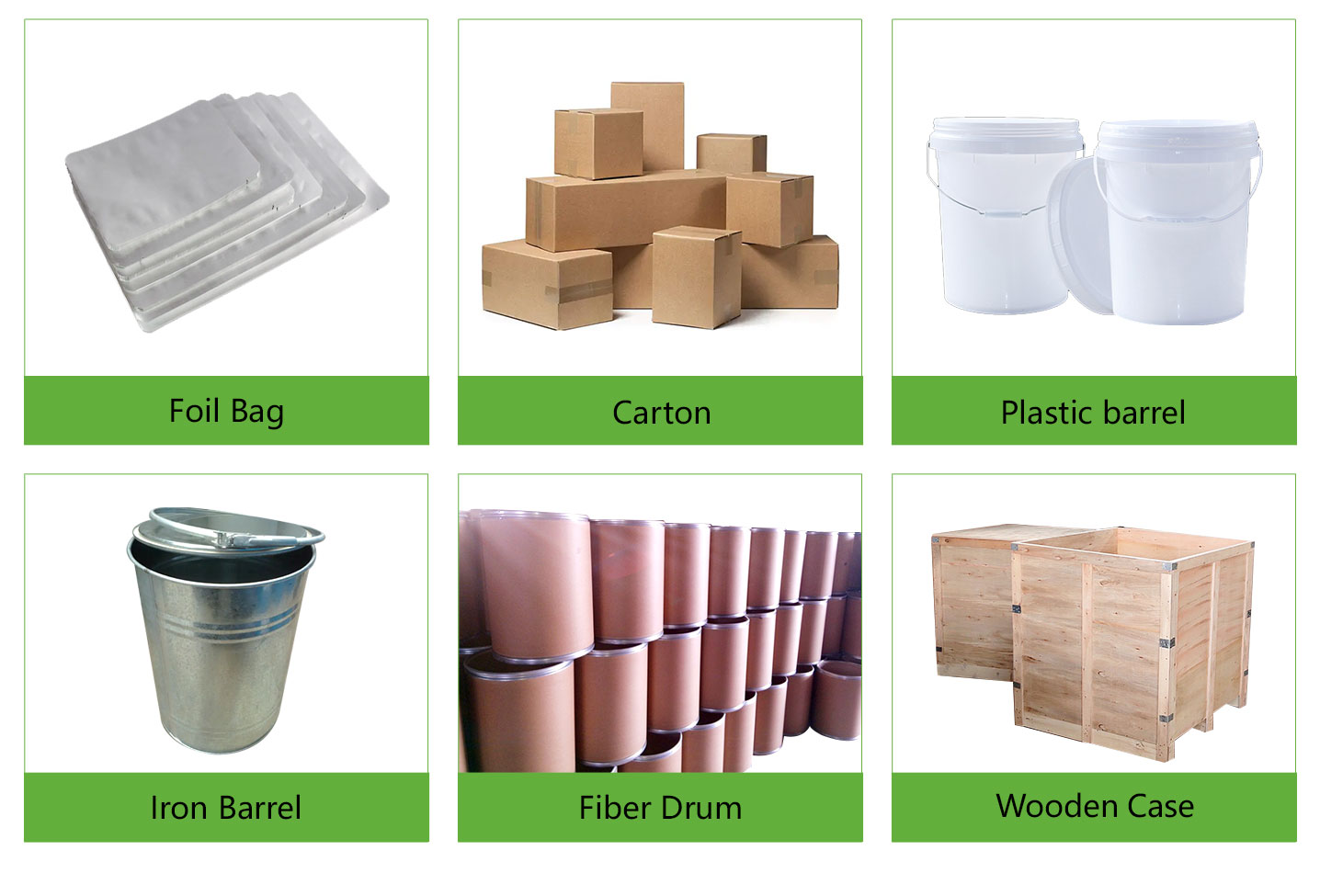hafnium hydride is a refractory tetrahedral crystal that forms as an intermediate in the process of making hafnium powder. It is a valuable material for applications that require high resistance to oxidation and abrasion.
The hydride can be prepared by a reversible reaction of hafnium with hydrogen gas in a pressure and temperature environment. The proportion of hydrogen absorbed depends on the temperature and pressure. The hydride can be made from mass hafnium metal or from the amorphous precursor, hafnocene difluoride.
Hydrogen-rich hafnium hydrides are important materials in search of exotic properties such as high-Tc superconductivity. A metastable stochiometric HfH9 with Tc of 110 K at 200 GPa has been predicted using structural searches and first-principle calculations. The hydride is stabilized by unique hydrogen tubes intercalated within the HfH3 framework, each tube giving 0.876 electrons from the framework.
Reversible hydrogenation of olefins in the presence of catalytic amounts of the hydride complex (Hf(CH2CH2R)-n(Xy-N3N)) is observed at 25 degC. The complex reacted with olefins to produce the anti-Markovnikov insertion product [Hf(CH2CH2R)(thf)(Xy-N3N)]+, indicating that the hydride possesses a strong hydrogen affinity and a catalytic hydrogenation activity.
Resistive switching memories based on amorphous-nanocrystalline hafnium oxide films have been investigated and shown to possess excellent flexibility in their resistivity spectra. The annealing of the oxide films was found to influence the resistivity switching properties.
An etching technique for cleaning a hafnium oxide film has been developed. A hafnium oxide layer was deposited on an atomic layer deposition reactor and then etched off by a flow of hydrogen chloride gas at 1173 K. This resulted in a reduction of the oxide film weight that was comparable to that of hafnium tetrachloride.
